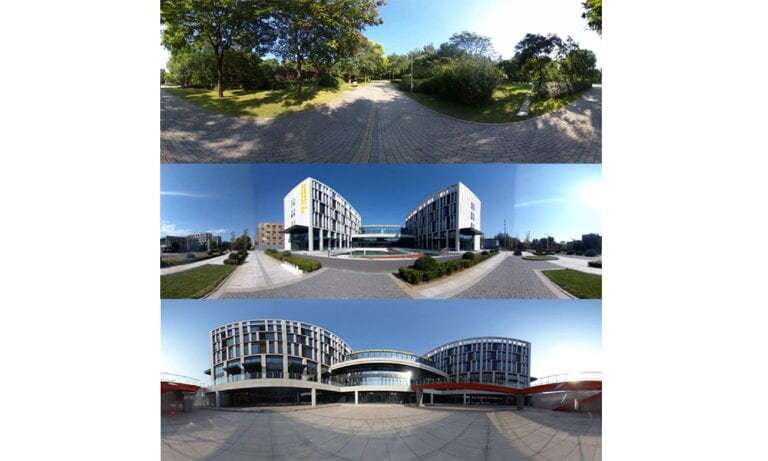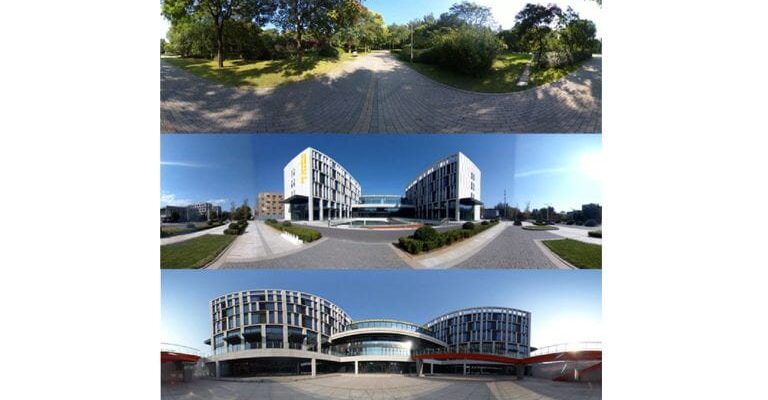
Pregnant women exposed to a green space environment in a virtual reality setting experienced decreases in blood pressure and improvements in mental health and well-being, according to a study led by the University of California, Irvine.
In a paper recently published in Environmental Research, co-corresponding author Jun Wu, Ph.D., professor of environmental and occupational health in UCI’s Program in Public Health, examined the short-term responses of urban pregnant women exposed to a virtual reality green space.
“Even short exposure to a virtual green space environment showed physiological and affective stress reduction among pregnant women,” Wu said. “It’s not the same as the real world, but this study helps inform city planners who are creating urban spaces. It proves the importance of green space to the well-being and mental health of the population living in those spaces.”
There is extensive research on the positive impacts of green space exposure on health and well-being, including reduced risk of mortality, cardiovascular disease and Type 2 diabetes; improved pregnancy outcomes such as decreased risk of low birth weight and preterm birth; and enhanced mental health. However, exploration of the link between physiological mechanisms and green space among special populations, like pregnant women, has been lacking.
Researchers recruited 63 healthy pregnant women from Beijing to participate in the double-blind, randomized study. They began by triggering anxiety among them via a lab-developed stress test. Then the women were shown three five-minute, 360-degree videos of urban environments: one depicting a parklike setting, the second consisting of a street view with green space, and the third featuring a street view without green space.
Before and after the videos, researchers measured participants’ blood pressure, heart rate and skin conductance level; collected saliva samples; and administered a questionnaire about positive (i.e., attentive, active, alert, excited, enthusiastic, determined, inspired, proud, interested or strong) and negative (i.e., hostile, irritable, ashamed, guilty, distressed, upset, scared, afraid, jittery or nervous) emotions.
The team found that visual exposure to a VR green space environment was associated with lower systolic blood pressure, reduced salivary alpha-amylase (an indicator of stress), improved positive emotions and decreased negative emotions compared to the non-green space environment. The parklike setting had the highest positive reaction out of the three videos.
The researchers suggest that future studies of a similar kind consider different “dosages” of urban green space; computer-generated scenarios versus actual nature environments; and short- versus long-term impacts.
More information:
Yi Sun et al, Physiological and affective responses to green space virtual reality among pregnant women, Environmental Research (2022). DOI: 10.1016/j.envres.2022.114499
Journal information:
Environmental Research
Source: Read Full Article
